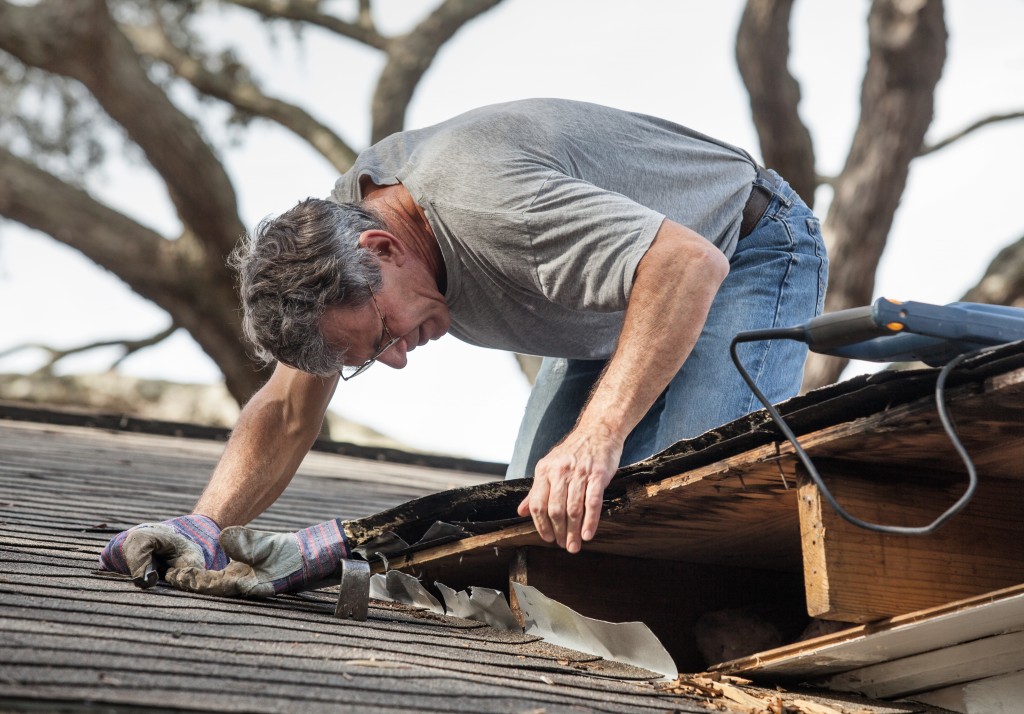Oftentimes, homeowners don’t realize that their roof is failing until it’s already too late. To prevent a stressful and costly ordeal, you should know how to spot a failing roof using the first few signs.
Since only a few have the habit of checking their roof for damages periodically, we often find out about problems when they’ve already caused enough damage to warrant a costly bill. However, it doesn’t have to be that way. If you watch out for the following signs of a failing roof, you may be able to catch the problem before it gets worse:
1. Missing and loose shingles
A midland residential flat roofing system won’t go through as much of the problems that a regular shingled roof goes through. For example, if some of your shingles are loose or missing from your roof, the other shingles may end up loosening as well due to the missing or loose pieces. This could mean your roof is nearing the end of its life, or it could be the result of a storm passing by.
2. Sagging roof
If a part of your roof is sagging, this usually means that moisture has accumulated in that spot and has caused the materials to weaken. Alternatively, it can also mean that an accumulation of snow, ice, or debris has been weighing down your roof for too long. If this happens, it’s best to have the roof fixed immediately before it collapses in on the house.
3. Damaged shingles
When shingles are past their prime, they will most likely crack, blister, or curl. These are visible signs that you should get a new roof installed before the damaged shingles can cause more problems.
4. Leaks
If you notice water leaking in parts of your home, especially in the attic, there’s a good chance that your roof has deteriorated due to physical damage, excessive moisture, or growth of mold and mildew.
5. Dark stains
Are there dark stains or streaks on the underside of your roof that weren’t there before? It may mean that your roof is waterlogged. When this happens, you need to get the water-damaged parts of your roof replaced before your house’s interior structure is greatly affected.
6. Higher utilities
Higher heating and cooling bills may mean that there’s something wrong with your roof. If a roof is damaged, it can lead to air leaking in and out and causing fluctuations of the temperature inside the house, which can make your HVAC system work harder to maintain the temp.
7. Shingle granules

Check your gutter and see if there are pieces of your shingles among the usual debris. If there is any, it’s a sign that your shingles are water damaged and already decaying.
8. Older than 20 years
If your roof is older than twenty years, it’s probably a good time to replace it. Roofs usually last for about 20-25 years before they deteriorate entirely. To keep the roof from collapsing, be sure to replace it on time.
Roof damage is a headache that no homeowner wants to deal with. That said, watching out for these warning signs is the best way to keep the problem at bay and the damage to a minimum.
